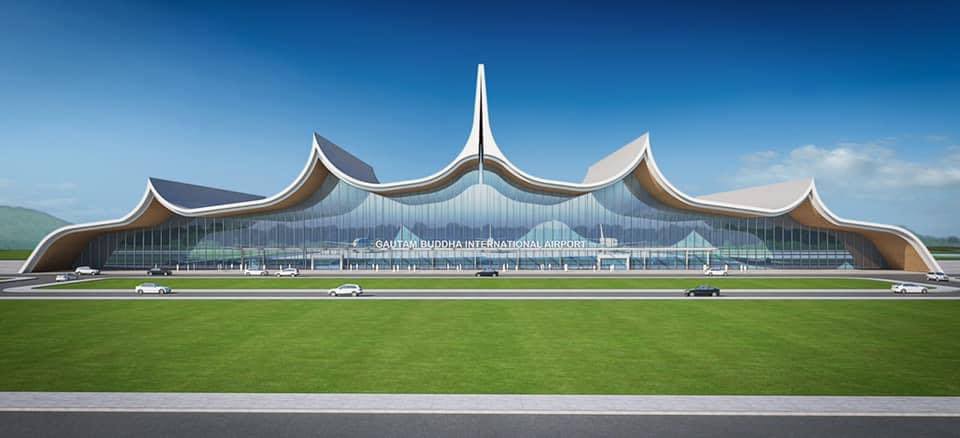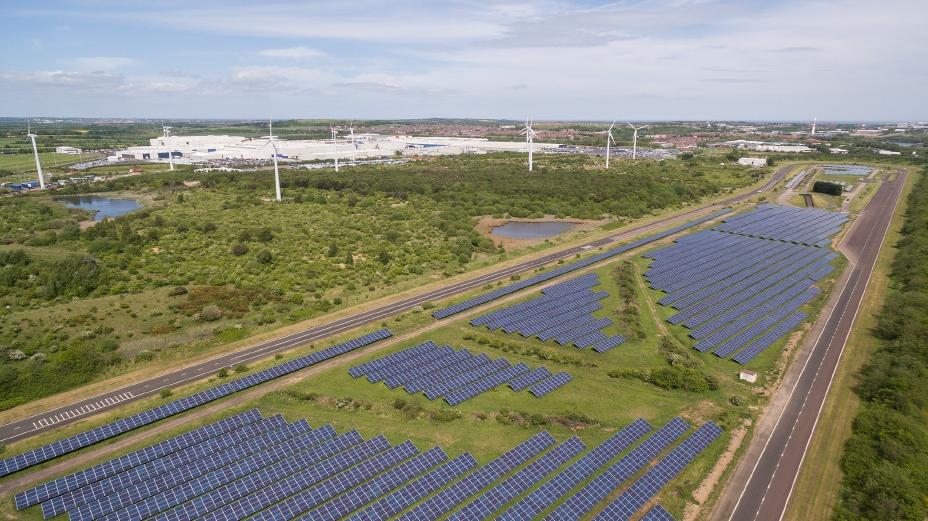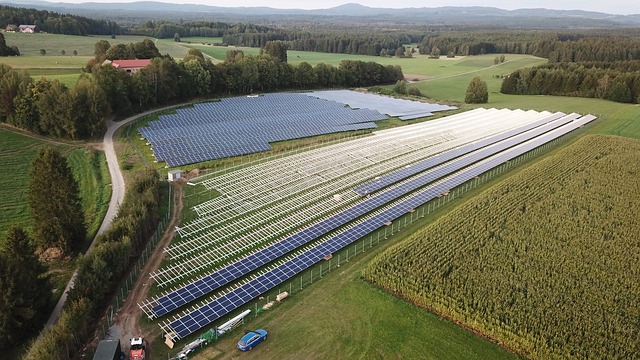Gautam Buddha International Airport located in Bhairawa, Rupandehi is set to become the world’s second fully solar-powered airport. The airport is scheduled to open in early 2020. However, India’s Cochin International Airport established in 2015 takes the honor of being the World’s first fully solar-powered airport. But still, the achievement gained by Nepal’s Gautam Buddha Airport is unparalleled.
The Airport’s air traffic control room, baggage claim as well as runway lights, control rooms, and passenger terminal will be all powered by the energy harnessed from the sun. Naresh Pradhan, Project Officer-transport at the Asian Development Bank stated “The airport premises contains plenty of empty spaces that can be used to fill with solar panels. The Asian Development Bank has already agreed to fund this green airport project without any hesitation.”
The Asian Development Bank provided Nepal with Rs. 18.5 Billion for installations of solar plants. These funds will be used to generate 5 MW in Jhapa, 7 MW in Butwal, 4 MW in Pokhara as well as 8 MW in Chanauta. All these projects are already underway along with the project of the Solar plant in Gautam Buddha International Airport.
Gautam Buddha International Airport covers around an area of 787 bighas. This is approximately 63,74,700 Square yards. The main aim of this splendid project is to generate as much energy as it consumes. Furthermore, Naresh Pradan followed up saying “A round of discussions with the Tourism and Finance ministries, Nepal Electricity Authority as well as Nepal Civil Aviation Authority of Nepal have been completed. There’s nothing to worry about. This green airport will set an example to the rest of the world as it contributes to the protection of the environment. It’s a preceding plan. But we hope to see it take shape within the next six months after the airport comes into operation.”
Image: The Kathmandu Post
Civil Aviation of Nepal awarded a 4.8 Million USD contract to Aeronauticak radio of Thailand in March 2020. As per the contract, the Thai company will install all the communications, navigation as well as surveillance, and traffic management systems at the airport.
Construction of the airport had already begun in 2013. Previously, it was expected to be finished in 2017 but encountering multiple hurdles pushed the project back. Now that all of the hurdles and problems have been tackled, the construction is underway once again. This time around, the airport is set to be operable in early 2020.
The 10 Megawatt (MW) Solar Plant Plan at Gautam Buddha International Airport
The project's main motive is to generate 10 MW of solar power. Furthermore, the superfluity of solar energy will flow into the national grid.
The overall solar pant’s cost is estimated to be nearly 10 Million USD. That’s exactly 1 Million USD per 1 MW. Therefore, the airport will not have to pay for any electricity bill. Furthermore, they can generate more revenue via trading extra energy. This remains a possibility if they produce more solar power. The airport's extra cost will be only repair and maintenance cost whenever necessary.
Image: The Kathmandu Post
A team of energy and aviation officials visited Malaysia to study the solar power system at Kaula Lumpur International Airport last year in July 2019. The airport is powered by a 19 MW direct current system. It is installed at the airport in 2014. The study concluded that making Gautam Buddha International Airport fully solar-powered is achievable. Furthermore, the study showed the installations of solar farms on the airport premises will not be of risk to flight safety.
Once the Gautam Buddha International Airport becomes fully solar-powered, the entire operations like air traffic control, baggage claim, runaway lights to ground control rooms as well as passenger terminals will run on clean energy. All this work will be done hasslessly whilst contributing and promoting the idea of sustainability.

 How it Works
How it Works Pricing
Pricing FAQ
FAQ Quiz
Quiz Contact Us
Contact Us







